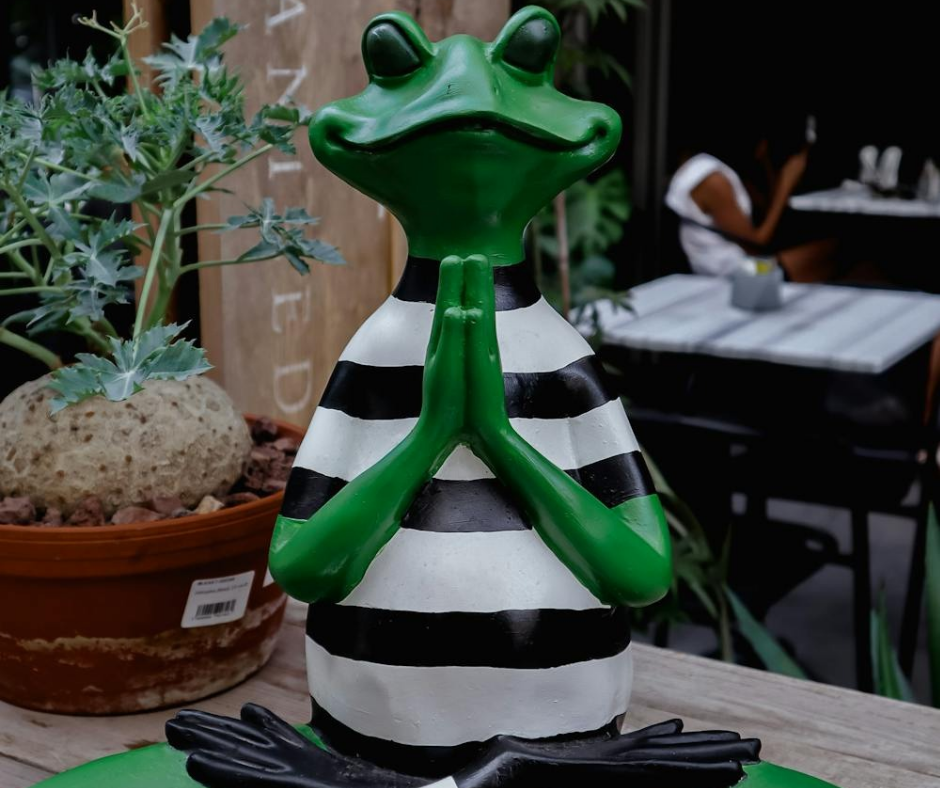Mindfulness and Meditation Guide
- April 29, 2025
- 0 Comments
Introduction to Mindfulness
Mindfulness is the practice of being fully present in the moment, with awareness of your thoughts, feelings, and surroundings without judgment. It encourages self-awareness and acceptance, helping individuals regulate emotions, reduce stress, and improve mental clarity.
Benefits of Mindfulness
- Reduces stress and anxiety
- Improves focus and concentration
- Enhances emotional regulation and resilience
- Promotes a sense of calm and well-being
- Increases self-awareness and self-compassion
Mindfulness Techniques
Body Scan
Purpose: Helps increase awareness of physical sensations and release tension in the body.
Instructions:
- Find a comfortable position, sitting or lying down.
- Close your eyes and take a few deep breaths, settling into the present moment.
- Start at the top of your head and mentally scan down through your body, focusing on each part (e.g., forehead, eyes, mouth, neck, shoulders, arms, chest, abdomen, legs, feet).
- As you mentally scan each body part, notice any tension, discomfort, or sensations. Acknowledge them without judgment.
- Breathe into any areas of tension and consciously release it with each exhalation.
- Continue until you reach your toes, and then take a few deep breaths to bring yourself back to the present moment.
Breathing Exercises (e.g., 4-7-8 Breathing)
Purpose: Helps calm the nervous system, reduce anxiety, and center your thoughts.
Instructions:
- Sit or lie down in a comfortable position, ensuring your posture is relaxed.
- Close your eyes and take a deep breath through your nose for a count of 4.
- Hold your breath for a count of 7.
- Slowly exhale through your mouth for a count of 8, focusing on releasing tension with each breath out.
- Repeat for 4-6 cycles. If your mind wanders, gently guide it back to the breath.
Grounding Techniques
Purpose: Helps you feel present and connected, particularly useful during moments of overwhelm or anxiety.
Instructions:
5-4-3-2-1 Grounding Exercise:
- Look around and name 5 things you can see.
- Acknowledge 4 things you can feel (e.g., texture, temperature, pressure).
- Listen for 3 things you can hear.
- Identify 2 things you can smell.
- Find 1 thing you can taste.
- The act of using your senses helps anchor you in the present moment and distracts from overwhelming thoughts.
Mindful Eating
Purpose: Increases awareness of food and eating habits, promoting healthier relationships with food.
Instructions:
- Sit down with your meal or snack, eliminating distractions (e.g., phones, TV).
- Take a moment to appreciate the appearance, smell, and texture of the food.
- Take a bite slowly, chewing thoroughly and savoring the flavors.
- Notice how the food feels in your mouth and how it nourishes your body.
- Eat with full attention, focusing on the sensations in the moment rather than rushing through the meal.
Short Meditation Practices
- Guided Meditation (5-10 minutes)
Purpose: Uses audio or personal guidance to help you focus and relax, ideal for beginners.
Instructions:
- Find a quiet, comfortable space where you won’t be disturbed.
- Sit or lie in a relaxed position, closing your eyes.
- Focus on your breath or listen to a guided meditation (which may include visualization or body scan).
- If your mind wanders, gently guide it back to the focus of your meditation (e.g., breath, body, sound).
- When finished, take a moment to sit in silence and notice how you feel.
- Loving-Kindness Meditation (5-10 minutes)
Purpose: Cultivates feelings of love, compassion, and kindness towards oneself and others.
Instructions:
- Sit comfortably and close your eyes.
- Begin by focusing on your breath, calming your mind.
- Mentally repeat the following phrases (or variations) for yourself:
“May I be happy.”
“May I be healthy.”
“May I be safe.”
“May I live with ease.” - After a few minutes, think of someone you care about. Repeat the same phrases for them.
- Expand this outwards to include others in your life, eventually extending to all beings.
- Silent Meditation (5-10 minutes)
Purpose: Encourages a practice of pure awareness, focusing on your breath, thoughts, and feelings.
Instructions:
- Find a quiet space and sit comfortably, allowing your body to relax.
- Close your eyes and focus on your breath, inhaling and exhaling naturally.
- When thoughts arise, observe them without judgment and gently return to focusing on your breath.
- If your mind wanders, simply acknowledge it and bring your attention back to the breath.
- End the session by gradually becoming aware of your surroundings and opening your eyes.
Additional Tips for Effective Practice
- Consistency is key: Regular practice, even for a few minutes each day, helps build mindfulness and meditation skills over time.
- Be patient with yourself: Mindfulness is a skill that develops gradually. Be compassionate if your mind wanders.
- Find what works for you: Experiment with different techniques to see which ones resonate most with you.
- By incorporating mindfulness and meditation into daily life, you can experience greater emotional stability, reduced anxiety, and an enhanced sense of inner peace.

